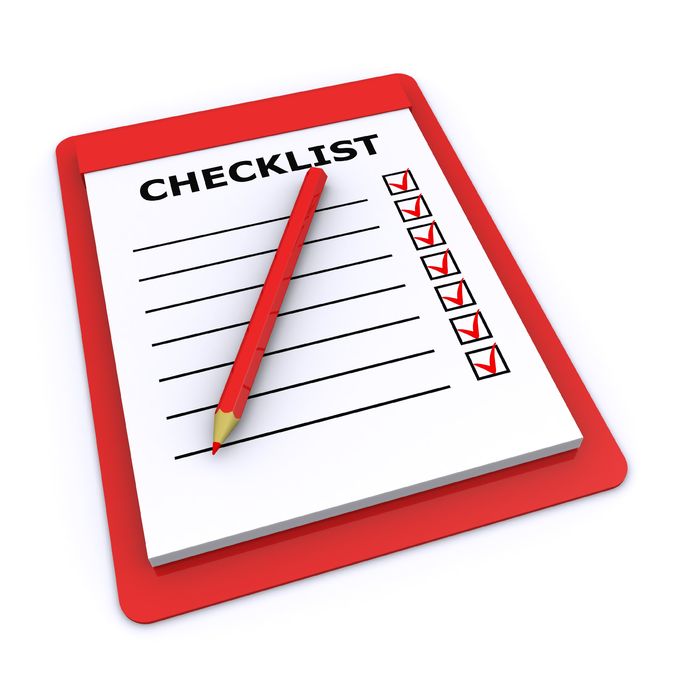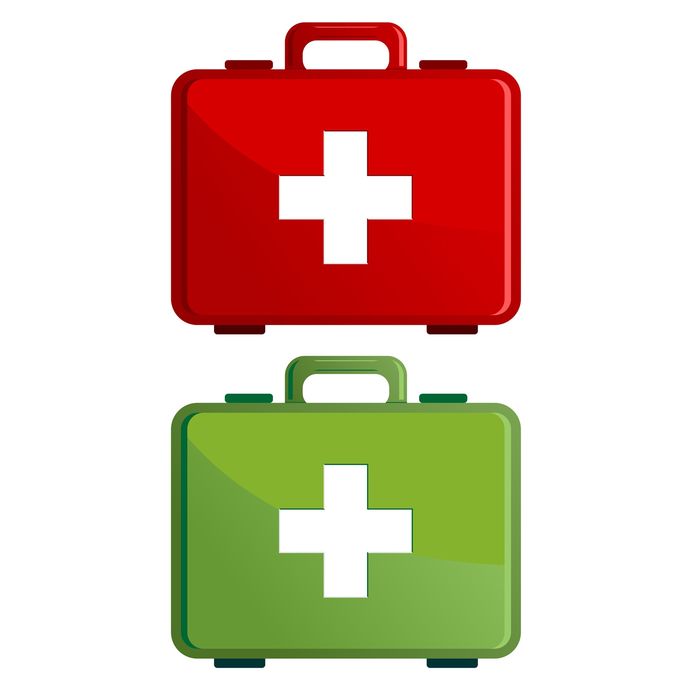
Bloodborne pathogens exposure
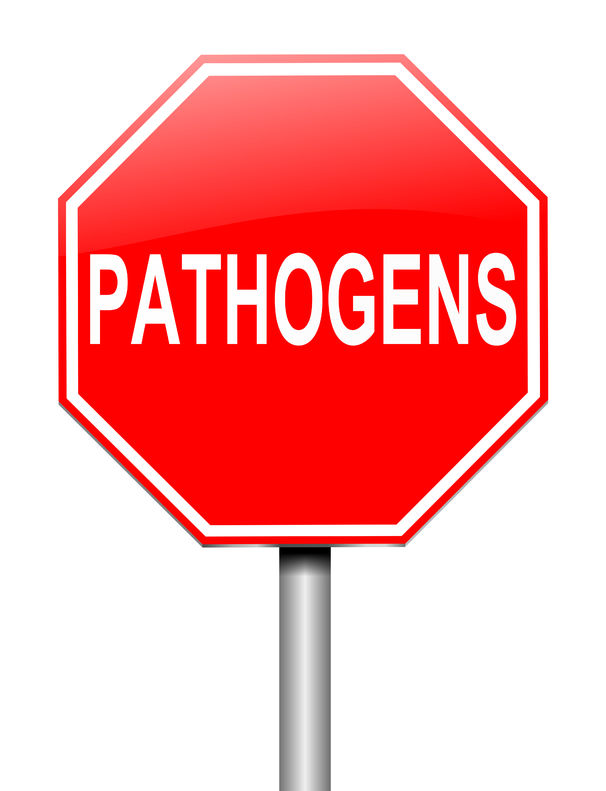
What are bloodborne pathogens?
- Microorganisms carried by human blood and body fluids
- Can be spread through contact with infected blood
- Cause infections and illness

Where are bloodborne pathogens found?
- Body fluids containing visible blood
- Semen and vaginal secretions
- Torn or loose skin
- Tears, sweat, nasal secretions

Bloodborne Pathogens can cause infection by entering your body through:
- Open cuts and nicks
- Human bite
- Skin abrasions
- Dermatitis
- Acne
- Mucous membranes of your mouth, eyes, or nose
Caregivers should take extra caution while working with persons with disabilities. Some individuals might be more:
- Vulnerable to injury
- Likely to have special medical needs
- Dependent on adults for personal care
Most Common Bloodborne Pathogens
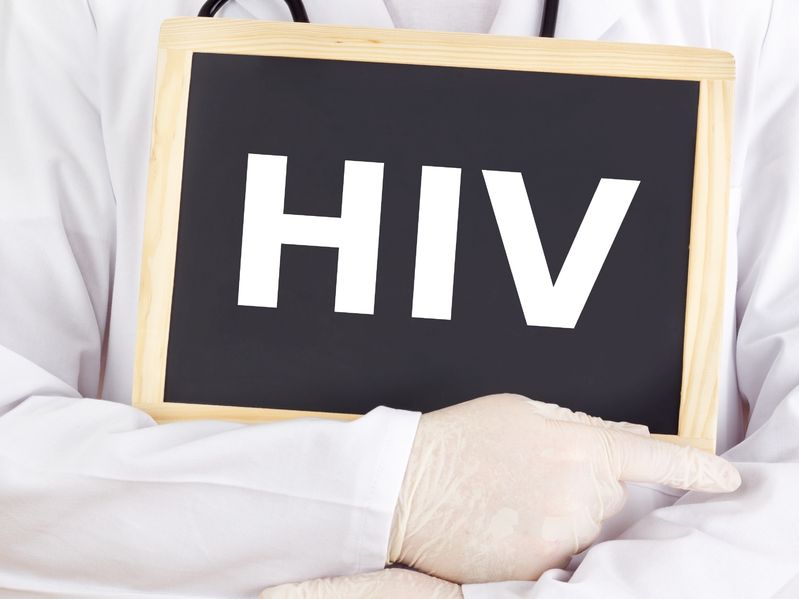
HIV
HIV is transmitted indirectly by touching or working around people who are HIV positive.
Facts About HIV
- Transmitted by direct contact with body fluids
- Not spread through air, saliva, tears, or sweat
- Does not live long outside the human body
- More than 1.2 million people are living with HIV infection
- About 1:8 are unaware of their infection
Source: AIDS.gov
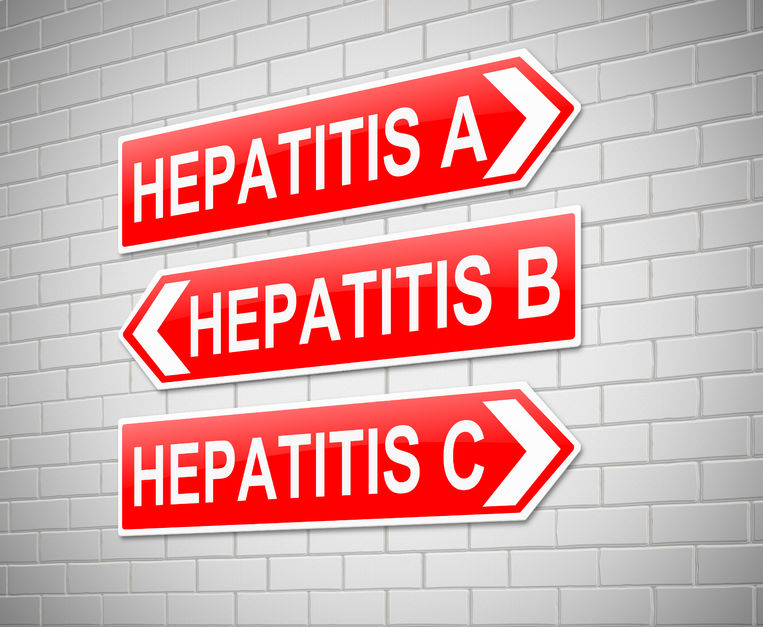
Hepatitis B
Hepatitis is a general term used to describe inflammation (swelling) of the liver.
Hepatitis B Virus (HBV) is . . .
- Transmitted primarily through sexual contact
- Transmitted through direct contact with infected blood, semen, or vaginal fluid
- 100 times more contagious than HIV
- Able to survive on surfaces dried and at room temperature for at least a week
- Contaminated surfaces are a major factor in the spread of HBV
- 1:20 persons now has, or will have , HBV
Transmission of Hepatitis B is preventable:
- Use standard precautions in the workplace
- Get the HBV vaccination
- Do not share needles
- Use latex condoms during sex
Source: hepb.org

Hepatitis C
Facts About Hepatitis C (HCV)
- HCV is more common than HBV
- Ranks slightly below alcoholism as a cause of liver disease
- Not as infectious as HBV
- Is spread most commonly through shared needles
There is no vaccine for Hepatitis C.
Standard Precautions
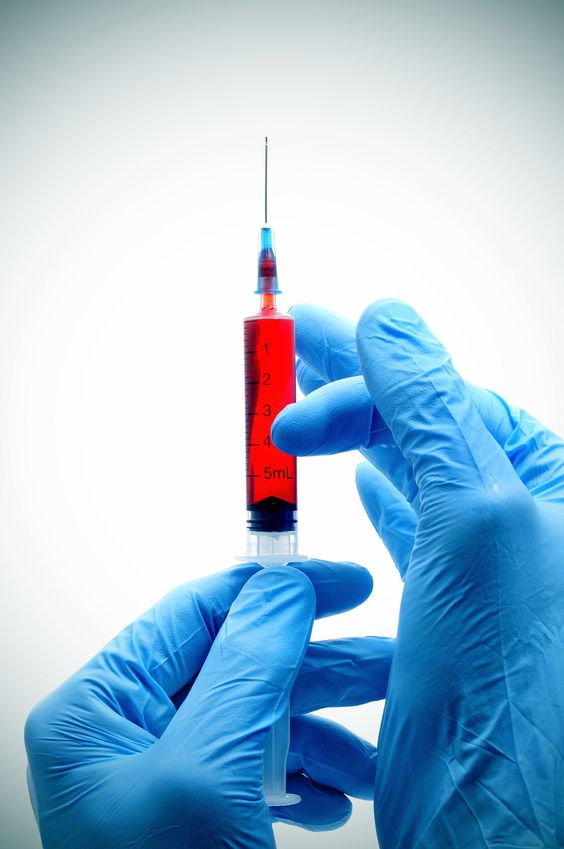
Standard Precautions
- All blood and potentially infectious materials are treated as if they are infectious, regardless of the perceived status of the source.
- Treat all blood and body fluids as if they are infected.
- Personal protective equipment per policy
- Wear gloves
- Launder contaminated clothing per policy
- Hand washing
- Clean-up per policy
- Incident report per policy
- Wash hands and any other potentially contaminated skin area as soon as possible with soap and water
- Decontamination using a bleach based cleaning solution per policy
- Waste disposal per policy
- Wear gloves where it is reasonably anticipated that exposure may occur
- Food, drink, contact lens, cosmetics, lip balm are not to be handled in areas where there is a reasonable likelihood of exposure to blood or other potentially infectious materials
Exposure Control Plan
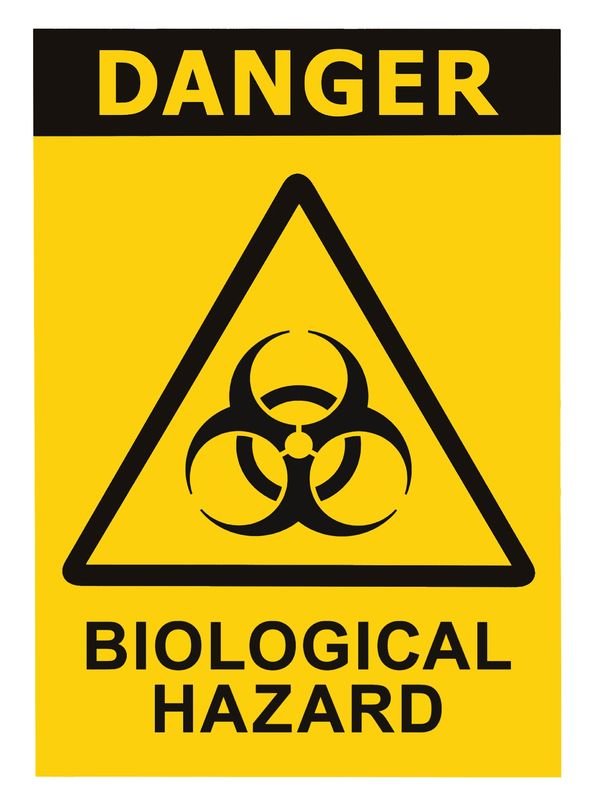
Each agency is required to have a written plan informing staff of workplace practices as it relates to exposure with potentially infectious material.
All procedures will minimize splashing, spraying, splattering, and generation of droplets of blood or other potentially infectious materials.
Each safety and health program should be tailored to fit the agency, to blend with its unique operations and culture, and to help maintain a system that continually addresses workplace hazards.
The plan should include hazard prevention and control as well as safety and health training, handwashing and education.

Remember To Use Standard Precautions
